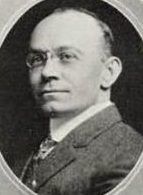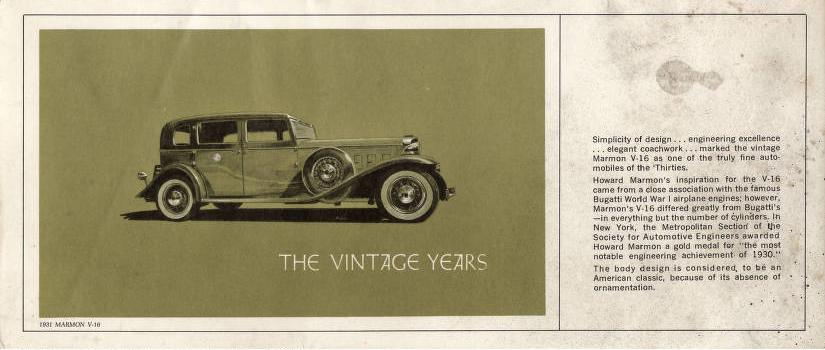
Photo info …
Credit: Indiana Historical SocietyView Source
(May 24, 1876-Apr. 4, 1943). Howard C. Marmon is most well-known for designing the Wasp, which won the first 500-mile race at the in 1911. He also designed the Marmon 16, a luxury car that earned him a medal from the American Society of Automotive Engineers.
The Marmon family moved to Indianapolis when Howard was two years old. After graduating from in 1891, he attended Earlham College (1892-1894). He left Earlham to attend the University of California, Berkeley, graduating in 1898 with a mechanical engineering degree.
He returned to Indianapolis in 1899 and became associated with his father Daniel W. Marmon’s company, known as , Inc., which produced machinery for milling grain. At the end of the 19th century, it produced more grain-milling machinery than any other company in the world, Marmon held the position of chief engineer at Nordyke and Marmon, while his older brother Walter served as chief executive officer. Howard and his brother built their first car together in 1902.

Howard managed the designing and mechanical department. In 1913 and 1914, he served as president of the American Society of Automotive Engineers. His automotive reputation led to his assignment to head the airplane engine experimental station at McCook Field in Dayton, Ohio, while serving as a captain in the Army Air Corps during World War I. He participated with other engineers in the design of the Liberty aircraft engine.
The brothers’ shared passion for automobile manufacturing changed the trajectory of the company. The brothers put aside producing machinery for milling grain in 1926 to focus on building and designing cars, and the company name was changed to Marmon Motor Car Company.
In 1923, Marmon moved to Pineola, North Carolina, where he lived on a 5,000-acre estate. He developed one of the largest nurseries of pine trees in the world on the property. Situated in an area known for logging, Marmon became a conservator with this nursery and a 60-acre lake that also formed part of his estate. He grew native trees and shrubs and operated a fish hatchery to replenish streams and rivers with native species. He also was part owner of a kaolin mine in North Carolina, which became an important source of feldspar and mica during World War II.
Although he moved away from Indianapolis, Marmon continued to be associated with the Marmon Company until it dissolved in 1936. When he died, his estate was valued at $525,000 (about $8 million in 2020).

Help improve this entry
Contribute information, offer corrections, suggest images.
You can also recommend new entries related to this topic.

